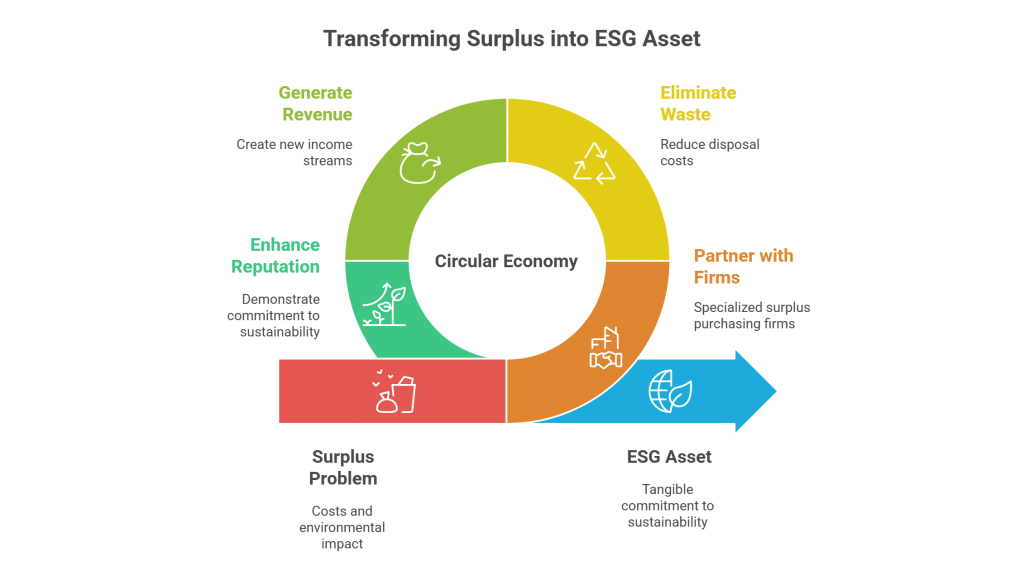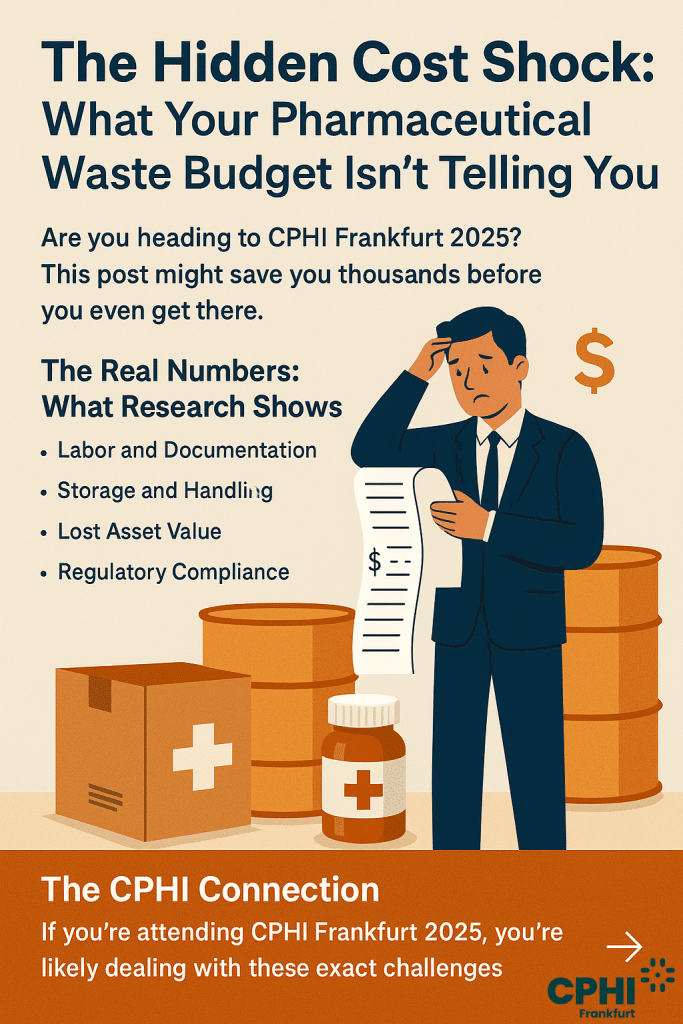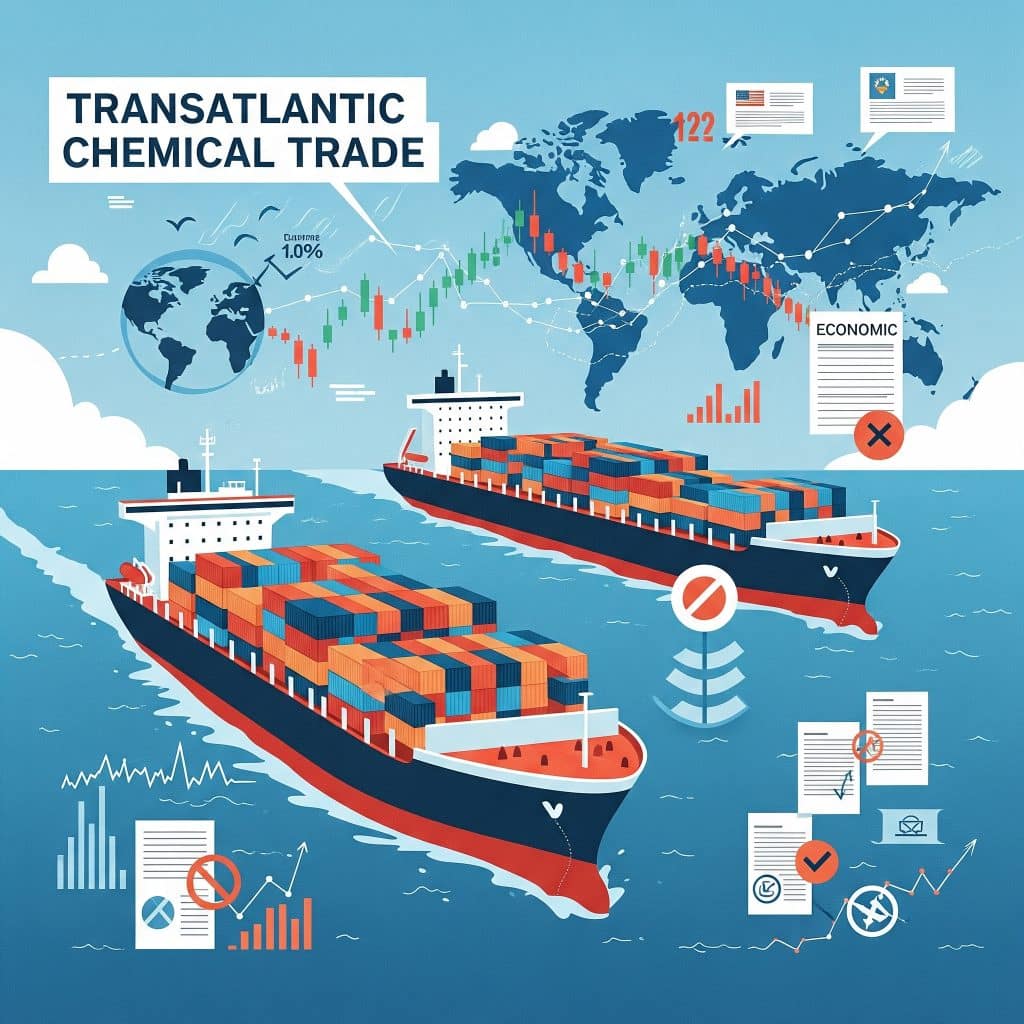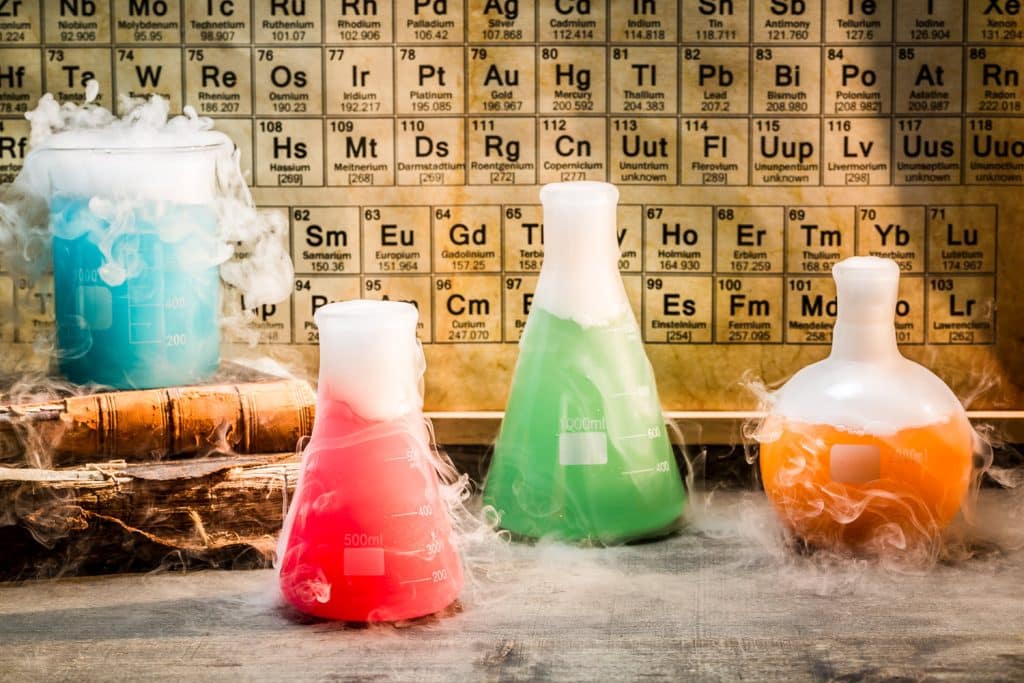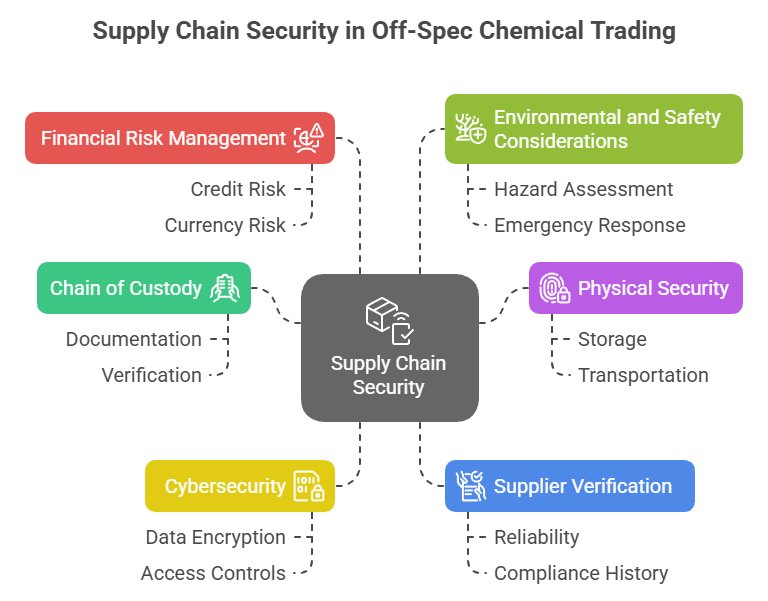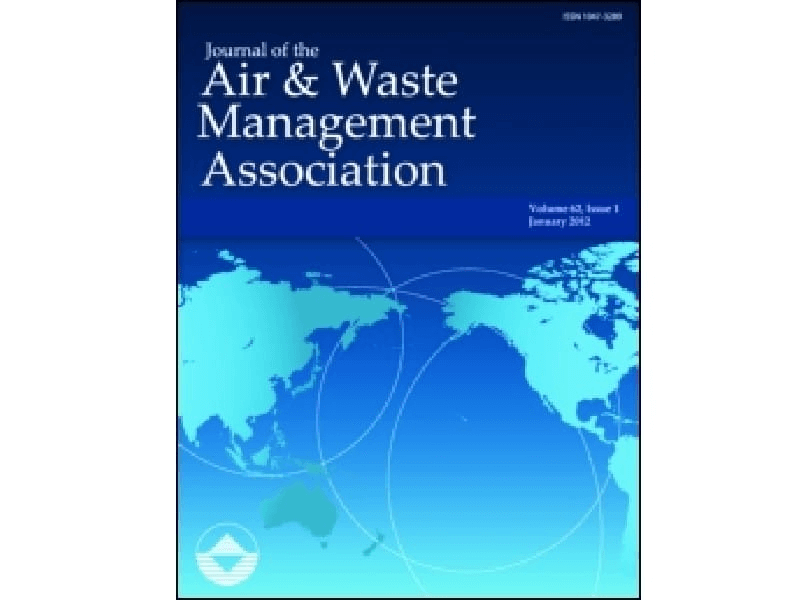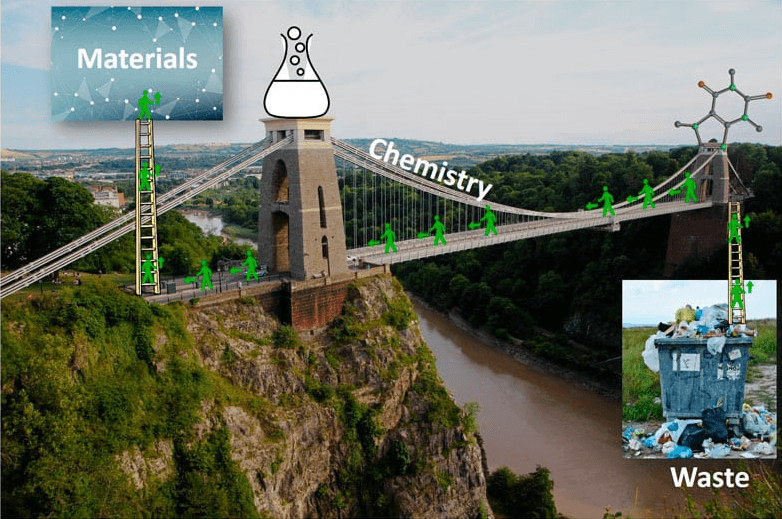Hyaluronic Acid: A Key Asset in Cosmetics & Pharmaceuticals Surplus Management
Hyaluronic Acid is a renowned fine chemical highly valued for its remarkable hydrating and rejuvenating properties in both the cosmetics and pharmaceutical sectors. Often available as surplus inventory, excess stocks of Hyaluronic Acid can be found in manufacturing plants, research facilities, and quality assurance labs due to production variances and packaging cycles. Its exceptional ability to retain moisture and support skin elasticity positions it as a sought-after ingredient in skincare formulations, serums, creams, and injectable therapies.
Hyaluronic Acid Surplus in Cosmetics & Pharma: Unlock Value in Fine Chemicals Trading
Trading surplus chemicals like Hyaluronic Acid offers numerous advantages. Buyers benefit by acquiring high-quality raw materials at competitive prices, while sellers recoup their investments by converting excess stocks into profit. Companies can significantly reduce disposal costs, free up storage space, and improve regulatory compliance by selling chemicals that would otherwise incur disposal fees and environmental liabilities. This approach not only saves money but also promotes sustainability by reducing waste. Ultimately, businesses transform potential losses into revenue streams and demonstrate environmental stewardship through responsible surplus chemical management.
Hyaluronic Acid in the Cosmetics & Pharmaceutical Industries
For buyers, sourcing surplus Hyaluronic Acid means accessing a premium ingredient at a reduced cost without compromising quality. This provides an edge for research and development and helps maintain continuity in product manufacturing. It also supports sustainability efforts by preventing wastage and lowering environmental impact, while boosting overall supply chain efficiency.
For sellers, converting excess Hyaluronic Acid into revenue helps alleviate storage pressures and recoups capital tied in idle inventory. This practice minimizes waste, avoids expensive disposal fees, and aligns with environmental regulations. Turning surplus into profitable opportunities enhances operational efficiency and promotes a sustainable business model in the competitive cosmetics and pharma markets.
Table of Contents
Successful Surplus Trade: Transforming Excess into Opportunity
A major cosmetics manufacturer recently faced challenges with surplus Hyaluronic Acid accumulating due to production shifts and overstock. Instead of incurring high storage and disposal costs, the company chose to engage in surplus chemical trading. By partnering with surplus trading experts, they converted their excess inventory into immediate revenue. The proceeds were reinvested into new product development and enhancing process efficiency. This strategic move not only relieved warehouse congestion but also demonstrated a commitment to sustainable practices, proving that effective surplus management can be both economically and environmentally beneficial in the cosmetics and pharmaceutical industries.




